8th August. We're back home after a few days away in central and eastern France. It was really to escape the noise, crowds and bustle of the Fêtes de Bayonne but it was also a welcome break and change of air. This time, it was just the two of us - our little feller was greatly missed.
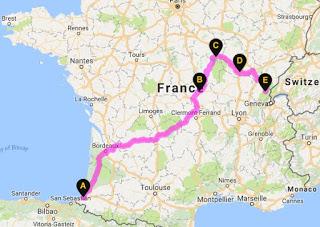
 We'd booked "demi-pension" at a number of country hotels (in the Logis group) choosing ones wherever possible that had "3 cocottes" (this is the highest ranking for food for Logis hotels). Our first night was in the Auvergne, followed by a few nights in Burgundy before finishing up in the Haut-Jura, One hotel in particular excelled itself in the food department - and instead of offering us the standard set menu for those staying on demi-pension terms, they generously allowed us choose anything from their 27€, 37€ and 51€ menus.. We had no trouble sleeping while we were there..! That's all I'm saying..!
We'd booked "demi-pension" at a number of country hotels (in the Logis group) choosing ones wherever possible that had "3 cocottes" (this is the highest ranking for food for Logis hotels). Our first night was in the Auvergne, followed by a few nights in Burgundy before finishing up in the Haut-Jura, One hotel in particular excelled itself in the food department - and instead of offering us the standard set menu for those staying on demi-pension terms, they generously allowed us choose anything from their 27€, 37€ and 51€ menus.. We had no trouble sleeping while we were there..! That's all I'm saying..!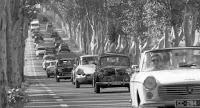
Route Nationale 7
At one stage during our peregrinations across central France near Moulins, we found ourselves on the infamous Route Nationale 7, an old-style national trunk road that linked Paris with the Côte Azur before the advent of the autoroutes. After WWII, the French economy - and car ownership - boomed ("Les trente glorieuses") and thus the stage was set for the RN7 to become Europe's most dangerous road. For many, August was the traditional holiday month and the capital would rapidly empty during the first weekend as people in their thousands flooded out on to the roads, with the majority heading south on the RN7. There were songs written about it, its dangers were discussed endlessly, there were colossal tailbacks, and accidents were frequent and violent.. It was soon became known as the "Road of Death". In short, during the hot summer months, it was a nightmare.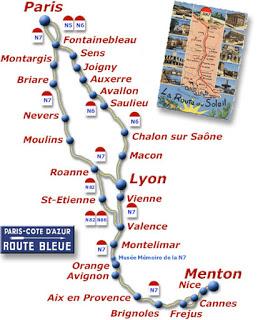
In the late sixties I remember driving from the south to Paris via the RN7. It was totally uncompromising and unimaginably busy and it required all my concentration. My abiding memory of it is that there were a total of 3 lanes - one going north, one going south and one in the middle. This third lane could be used for overtaking by motorists heading in either direction! (Pause while you absorb the significance of that one!) Yes, the dreaded suicide lane.

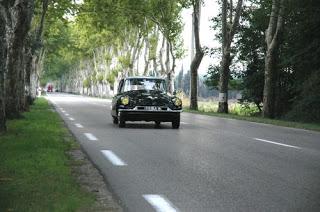
There were many independent garages (advertising bodywork repairs!) and large restaurants - the majority closed down - every few kilometres. The roadside restaurants and cafés were clearly once oases for the hungry traveler and his family - and each of them came complete with vast car parks that could easily swallow a few hundred cars - but which are now simply dustblown.
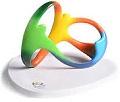
Question du jour.. What on earth are the curly-wurly shaped "things" that are given out to each medal-winning athlete in the Rio Olympics? Each time there's a presentation, it appears that they continue to intrigue each recipient.. I wonder how many will end up on top of the nearest wardrobe once back home?
